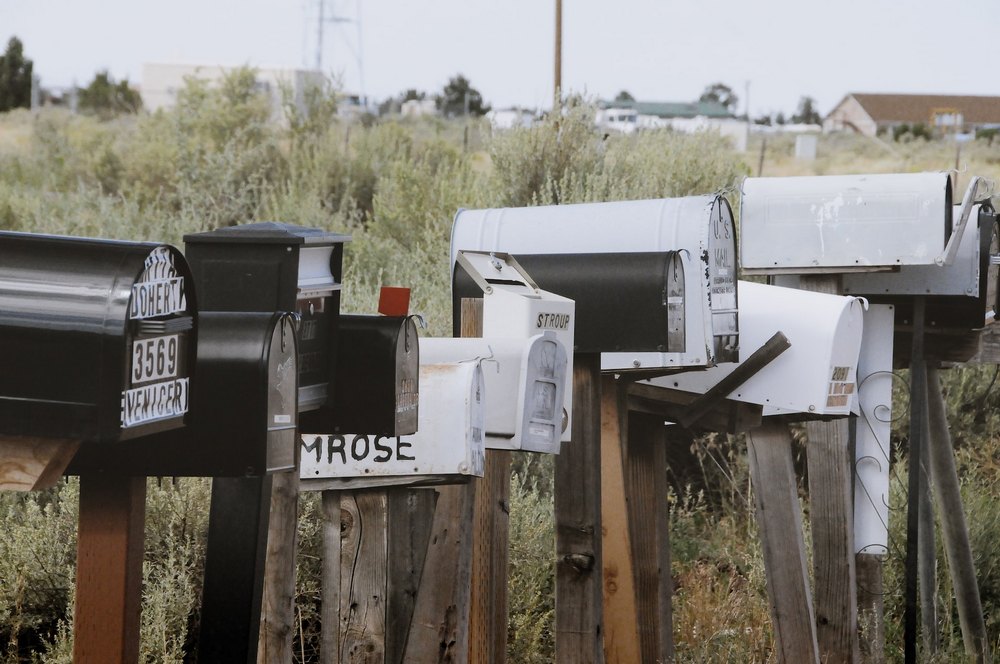In today’s fast-paced digital landscape, newsletters provide a strategic platform for businesses to communicate directly with their customers. They are not just a medium for sharing news or promoting products; they are a powerful tool to build relationships, enhance brand loyalty, and drive business growth. This article delves into the multifaceted role of newsletters in business, exploring how they can be leveraged to foster customer engagement, integrate seamlessly into your marketing mix, and ultimately, contribute to your business’s success.
Understanding the Role of Newsletters in Business Communication
Newsletters serve as a pivotal communication channel that businesses can use to inform, engage, and retain their audience. In an era where information overload is common, a well-crafted newsletter can cut through the noise, delivering valuable content directly to the inboxes of your target audience. By consistently providing relevant and compelling information, newsletters help businesses establish authority in their field, build trust with their audience, and stay top of mind.
Here are some key ways newsletters contribute to business communication:
- Direct Engagement: Unlike other marketing channels that rely on algorithms and uncertain reach, newsletters deliver your message straight to the people who want to hear from you.
- Content Curation: Newsletters allow businesses to curate content that aligns with their audience’s interests, industry trends, and brand messaging, creating a personalized experience.
- Feedback Loop: They also offer an avenue for receiving direct feedback from customers, fostering a two-way communication channel that can inform business strategies.
How Newsletters Can Drive Customer Engagement and Loyalty
The impact of newsletters on customer engagement and loyalty is profound. By regularly providing subscribers with engaging, informative, and personalized content, businesses can cultivate a sense of community and belonging among their audience. This consistent engagement not only boosts brand recall but also encourages customer loyalty, as subscribers feel more connected and valued by the brand.
- Personalization: Tailoring content to meet the interests and needs of your audience enhances engagement and shows your commitment to providing value.
- Exclusive Offers: Including exclusive promotions, insights, or content in your newsletters can make subscribers feel special and more inclined to stay engaged with your brand.
- Community Building: Featuring customer stories, testimonials, or user-generated content can foster a sense of community and encourage more interactive engagement.
By focusing on these aspects, newsletters can become a cornerstone of customer engagement and retention strategies, playing a crucial role in building a loyal customer base.
The Strategic Value of Newsletters in Marketing Mix
Newsletters are not just another item to tick off your marketing checklist; they are a strategic asset that can synergize with other components of your marketing mix. Integrating newsletters into your overall marketing strategy enhances coherence and consistency across different channels, ensuring that your brand message is unified and impactful.
- Integrated Campaigns: Utilizing newsletters to complement and amplify other marketing initiatives can create a cohesive user experience. For instance, if you are launching a new product or service, your newsletter can offer in-depth insights, behind-the-scenes looks, or exclusive previews, aligning with campaigns across other media.
- Segmentation and Targeting: With advanced analytics and data segmentation, newsletters can reach specific audience segments with tailored messages, increasing the relevance and effectiveness of your marketing efforts.
- Brand Storytelling: Through regular communication, newsletters provide a platform for businesses to weave their brand story, share their values, and build an emotional connection with their audience. This narrative approach can differentiate your brand in a competitive marketplace.
By strategically integrating newsletters into your marketing mix, you can leverage their unique strengths to enhance your overall marketing effectiveness, drive deeper engagement, and achieve a more substantial impact on your business objectives.
Measuring the Impact of Newsletters on Business Growth
To truly understand the value of newsletters in driving business growth, it is crucial to measure their impact. This involves tracking various metrics that can provide insights into how newsletters contribute to your business objectives, such as increasing brand awareness, driving sales, or fostering customer loyalty.
Key metrics to consider include:
- Open and Click-Through Rates: These metrics offer insights into how engaging your newsletter content is and how effectively it drives action.
- Conversion Rates: Monitoring how many newsletter recipients take a desired action (such as making a purchase or signing up for an event) can help you gauge the direct impact of your newsletters on your business goals.
- Subscriber Growth and Churn: Keeping an eye on your subscription rates and the reasons subscribers opt out can provide valuable feedback to refine your newsletter strategy.
Furthermore, gathering qualitative feedback through surveys or direct customer interactions can complement these quantitative metrics, offering a more nuanced understanding of your newsletter’s effectiveness.
In conclusion, newsletters are a potent tool in the business communication arsenal, capable of driving significant engagement, building lasting relationships, and contributing to business growth. By strategically leveraging newsletters, measuring their impact, and continuously refining your approach based on data-driven insights, you can maximize their value and ensure they remain an integral part of your business strategy.









